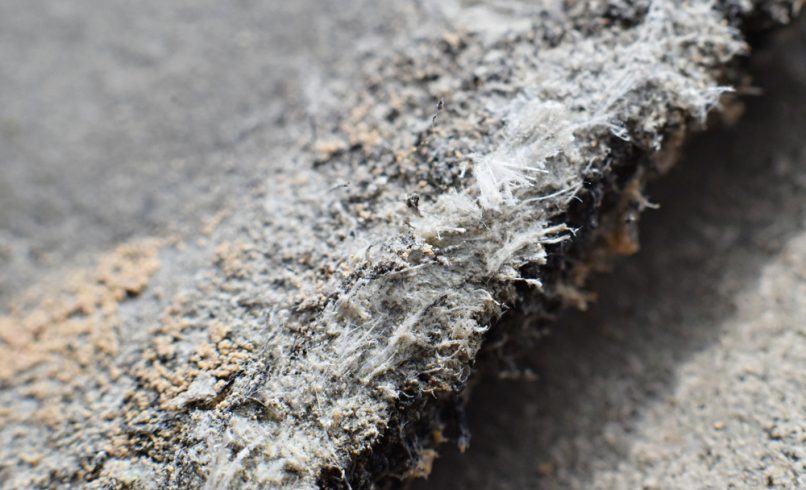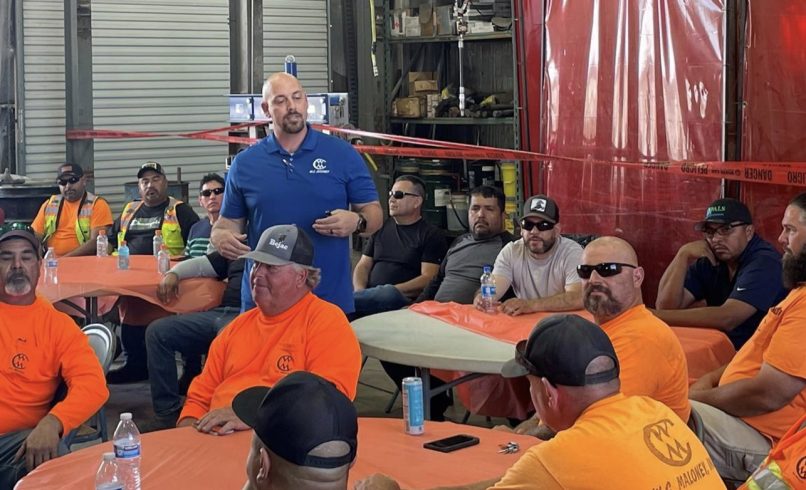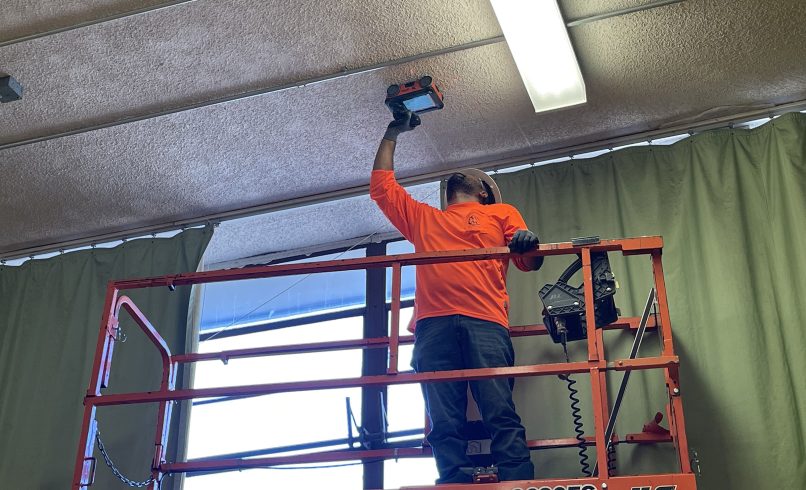Choosing a Hazardous Materials Remediation Company
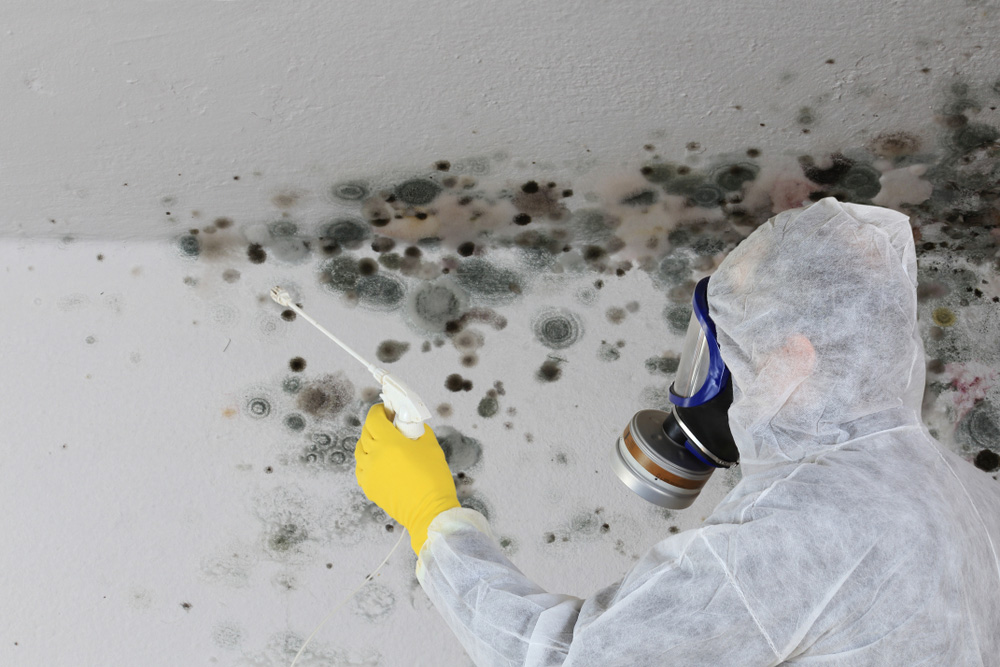
Choosing a Hazardous Materials Remediation Company
General contractors (GCs) have a plethora of projects that entail renovating or tearing down older buildings. These GCs are in need of quality, accredited remediation companies as partners to ensure they are following all rules and regulations, as well as doing the work in a safe and environmentally sound manner.
Below is a quick guide to help general contractors and those in the private sector make an informed decision when choosing a hazardous materials remediation company to work with.
9 Tips for Choosing a Hazardous Materials Subcontractor
The list below covers the critical things to think about when choosing a hazardous materials contractor partner.
1. Industry Certification and Licensing
Any remediation company you work with must have obtained the proper education and training in abating hazardous materials. This means they have all the necessary certificates and licenses that a contractor must have in order to perform remediation services. Proof of these certificates and licenses should be readily available from any reputable partner.
For starters, the contractor you choose should be licensed through the Contractors State License Board (CSLB) with the following classifications:
- B – General Building Contractor License
- C-21 – Building Moving/Demolition Contractor: Applies to larger buildings and any structure.
- C-22 – Asbestos Abatement: Describes how an “asbestos abatement contractor performs abatement, including containment, encapsulation, or removal, and disposal of asbestos containing construction materials, as defined in Section 6501.8 of the Labor Code, in and on buildings and structures.” Ensures that all work performed, and all documentation prepared by an asbestos abatement contractor, is done in accordance with regulations and requirements of the Department of Industrial Relations’ Division of Occupational Safety and Health (DOSH).
With respect to hazardous material certifications, the following are important to have:
- California Asbestos Certification (ASB) license: Obtained through the Department of Safety and Health. Protects workers from safety hazards via the Cal/OSHA program.
- HAZ – Hazardous substances removal
In California, it is also required that any person transporting hazardous substances must hold a valid registration issued by the Department of Toxic Substances (DTSC).
It’s also worth checking to see if they’re registered with government agencies at both the state and federal level. This adds an extra level of legitimacy to the firm. For example, here are some you’ll find for PALS:
- EPA Certified Abatement Firm
- CAL/OSHA Asbestos Registrant
- OSHA Inspection (Showing we passed without any violations)

2. Industry Experience and Expertise
There is no substitute for choosing a partner with experience. The abatement of hazardous materials is a perilous task – make sure they know what they’re doing, and have done it before.
For instance, when asbestos is disturbed, microscopic fibers are released into the air. If inhaled, these fibers could pose severe health risks, including lung cancer, asbestosis, and mesothelioma. A seasoned remediation contractor possesses the specialized knowledge and training necessary to conduct thorough assessments, develop meticulous removal plans, and employ precise containment measures to minimize the dispersion of asbestos fibers. They are equipped with the appropriate safety gear and advanced equipment, as well as follow stringent regulatory guidelines, to ensure the safe and effective removal of this hazardous substance.
A great indicator of experience is if the firm offers a diverse range of remediation services. For example, at PALS we offer:
- Asbestos abatement
- Lead abatement
- Mold abatement
- Soil remediation
- Hazardous waste management
- Underground Storage Tank (UST) removal
Experience Coordinating with General Contractors
Most of PALS’ remediation projects are in concert with a construction General Contractor concerning a demolition or renovation project. Complex timelines are planned out and the asbestos or lead remediation component is often at the beginning of the project. We have heard countless times that it is invaluable for the remediation partner to have extensive planning meetings prior to the creation of work plans. It is critical that the remediation partner helps the general contractor troubleshoot unforeseen situations ahead of time so they know the risks to look out for.
Most GCs do not know the ins and outs of hazardous materials remediation. They need help understanding the intricacies and nuances of a particular job and how they impact a particular situation. That is why it is crucial to find a remediation company who can provide insight for testing professionals or to other agencies in charge of the project.
3. Safety Protocol Compliance
Safety protocols and compliance are paramount for any hazardous materials contractor, ensuring the well-being of both workers, the jobsite teams, and the environment. Rigorous adherence to established safety measures is non-negotiable, beginning with comprehensive risk assessments and hazard identification prior to commencing any project.
Find a partner known for meticulous planning for the containment, removal, handling, and disposal of hazardous materials. Remediation specialists ensure everyone is wearing the appropriate personal protective equipment (PPE) for workers and that regular training and drills are conducted to foster a culture of awareness and preparedness, ensuring that every member of the team is well-versed in emergency response procedures and knows the inherent dangers of non-compliance.
It is important that the asbestos abatement team company stays abreast of local, state, and federal regulations; this is imperative as non-compliance can lead to severe legal repercussions and, more importantly, jeopardize the health and safety of all involved parties. California has rigorous regulations surrounding hazardous materials and they change often. A hazardous materials contractor must be unwaveringly committed to upholding the highest standards of safety and compliance throughout the entirety of their operations.
4. Insurance and Liability Coverage
This is an easy one. Before partnering with any remediation service, a general contractor must ensure that the subcontractor has the appropriate levels of insurance and liability coverage. This protects both the general contractor and the remediation company in the event of accidents or unforeseen circumstances.
But don’t just ask if they have insurance; confirm what types of insurance they have, and what each covers. Different scenarios require different types of insurance. Without them the GC may be held liable.
5. References and Testimonials
Many companies claim to have experience with the abatement of asbestos and other hazardous materials, but it is another thing to have those claims validated. Most remediation companies should have a large list of references who will stand behind their previous work and give you an honest testimonial about the capabilities, safety approach, timeliness, and general knowledge of a partner.
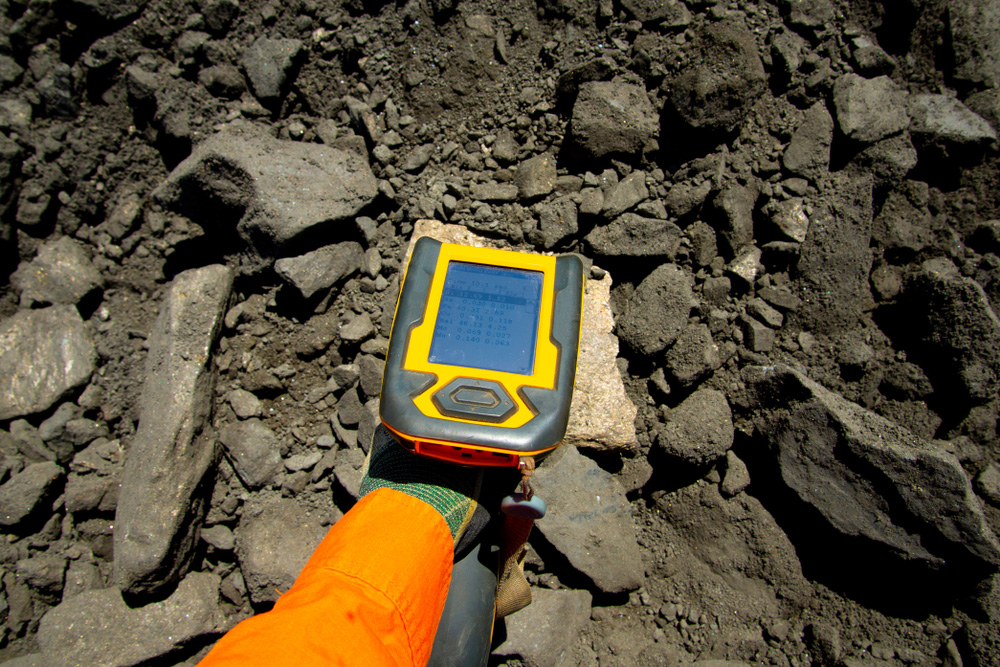
6. Customer Service and Communication
Good communication and customer service is not always a given. Ensure your remediation partner excels at both, as they are critical components of a successful completion of a project. Find a partner who answers the phone right away (and doesn’t send you to a lengthy automated phone tree). They should be responsive to both simple and complex questions. They should value communication and provide regular updates.
Projects seldom go exactly as expected and problems often arise that need immediate troubleshooting. Any abatement company should be ready to jump in and help find a solution with great customer service.
7. Environmental Responsibility
Find a hazardous materials remediation subcontractor whose company culture prioritizes environmental responsibility and sustainability. The company should ensure their practices are sustainable and environmentally conscious and make every effort to incorporate that into all their actions. Cleaning up the world is a difficult mission so find a partner who believes in the future.
Why Choosing the Right Remediation Specialist is Important
Although asbestos is fireproof, and heat and chemical resistant, and was even considered a “miracle” product in the early 1900s, it is now known as one of the most dangerous construction substances. In response, the EPA has established several asbestos laws and regulations.
The EPA has similar laws and regulations pertaining to lead. Notably, the EPA requires that any renovation, repair or painting projects that could potentially disturb lead-based paint in buildings including homes, childcare facilities and preschools built before 1978 be performed by lead-safe certified contractors, like us.
Like asbestos and lead, all hazardous materials are now governed by strict regulations. These warnings exist to ensure hazardous materials are managed with care. That is why it is so important to choose the right hazardous waste remediation specialist for your project.
To learn more about the process, visit our hazardous waste remediation page.

